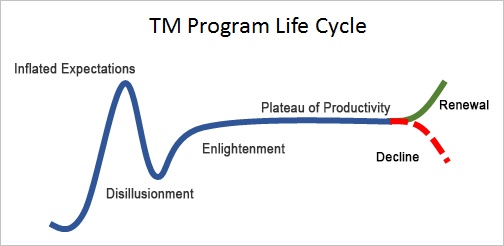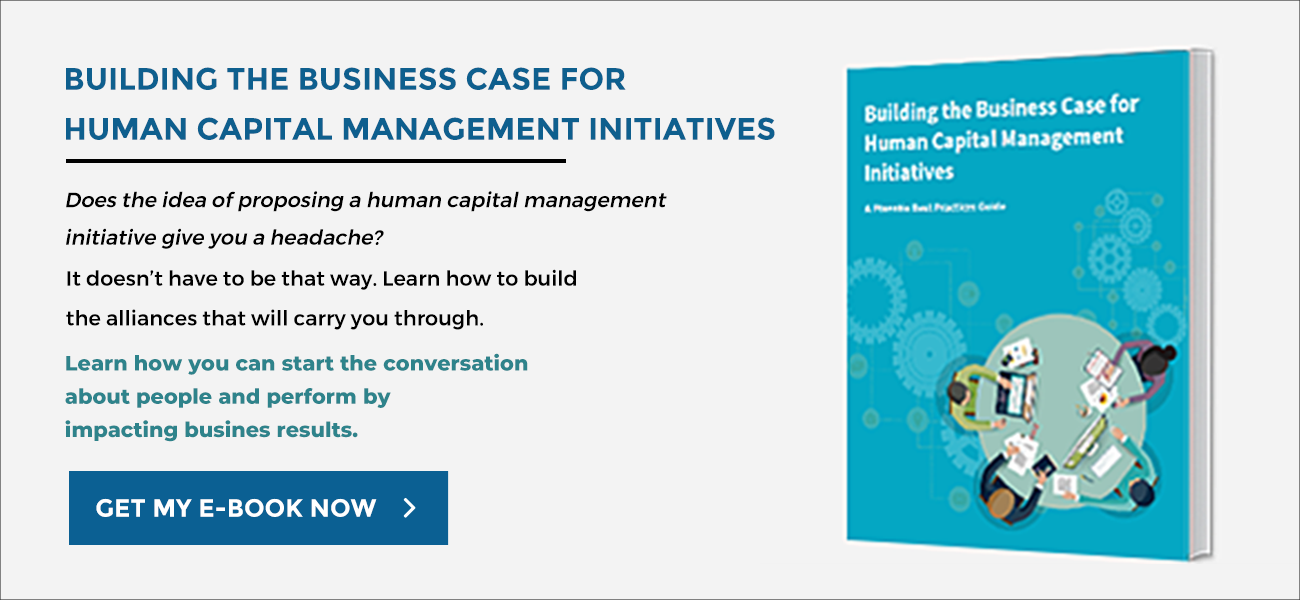
We hear a lot about branding your talent management technology, but does it matter? After all, a branding name, no matter how clever doesn’t change the way you use the software.
Or does it?
Let’s try an experiment.
We can all agree that improving the knowledge, skills, and abilities of your workforce is an essential activity. Read the phrases in the list below and think how each would fit in your culture.
- Nurturing our people
- Growing our talent
- Evolving talent
Now, let’s engage in a little honesty. Was your first reaction related to your company culture or your personal feelings?
The Emotional Power of Words
Our bet is on personal feelings. We often react emotionally to words even before we consciously know of the meaning and context. Some innocuous words repel us. Others attract us. Many of the reactions are common to cultures, but others are more personal.
Emotions gives words power. The people who write the ads, marketing letters and pleas from charitable foundations have studied how we react to words for over a hundred years. They use the right words at the right time, and they analyze the responses to their words to keep improving what they write.
Branding for Employees
Advertisers use brand names to develop an emotional connection to a company’s products. We use our company brand to connect with potential employees. In the same way, we can use internal branding to create an emotional connection between our organizations, our people, and each other.
Who gets excited about an Employee Development Module? Who uses the word “module” when thinking about their professional development? How much more favorably would you feel about using a tool named My Personal Growth or My Career Plan?
Branding the talent management tools your people use matters, and developing the brand is as important as your marketing or recruiting brand. It will affect how your employees feel about the tools while they are using them.
How to Get Branding Right
Branding in talent management usually happens when someone asks what a new program will be called. Someone comes up with an idea, and then everyone supports the idea because thinking of something better takes a lot of effort. When we concentrate on creating something meaningful, our ingenuity often deserts us.
We recommend the effort. Spend enough time in a structured brainstorming session to develop a brand that conveys the right message. Even if it takes six hours over three days, it will be time well spent. One of the most efficient methods is to break a large group into smaller brainstorming groups to foster a sense of competition. In our experience, it helps to keep people focused on principles.
The three principles we use for developing talent management branding are inclusiveness, culture alignment, and strategy alignment.
- The right inclusiveness or differentiation. You might first think inclusively, but if you have a program for high potentials, for example, you may want to use language that identifies the difference. On the other hand, total inclusiveness might be the right path for your culture.[1]
- Consistency with company culture: mission, values, and principles. If you have a disconnect between the organization’s stated values and behaviors, develop a plan to address that as you develop your talent management plan, and use your branding to support it.
- Alignment with business strategy. If you can relate talent management to company purpose and strategy, you will have a sound basis of talent alignment.
The Last Word
One final bit of advice: all talent management initiatives have a life cycle, much like the Gartner Technology Hype Cycle. A period of disillusionment follows the initial excitement. As you work through the issues, you reach a plateau of productivity. But in time, the activities become routine and less meaningful.
Hype Cycle. A period of disillusionment follows the initial excitement. As you work through the issues, you reach a plateau of productivity. But in time, the activities become routine and less meaningful.
Counter the routine by capitalizing on organizational changes, technology changes, and new strategy direction to maintain a sense of constant renewal. Keep it fresh.
References:
1. Stahl, Günter M., et. al. "Six Principles of Effective Global Talent Management." MIT Sloan Management Review. December 21, 2011
Pixentia is a full-service technology company dedicated to helping clients solve business problems, improve the capability of their people, and achieve better results.



